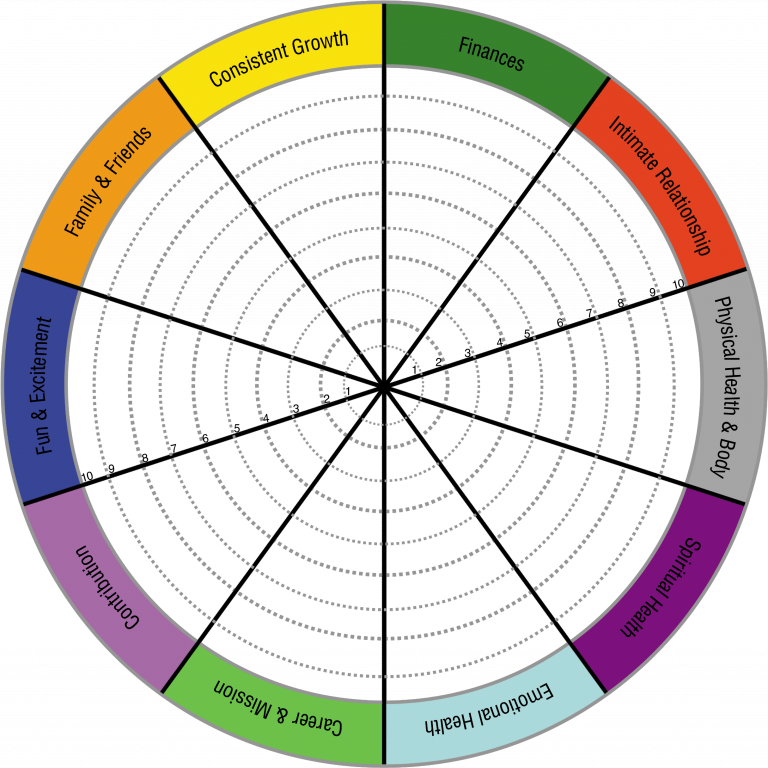We’ve all been there – that suffocating feeling of having a boss who’s breathing down your neck, scrutinizing your every move like a hawk eyeing its prey. Welcome to the world of micromanagement – the workplace equivalent of trying to drive with someone constantly grabbing the steering wheel. It’s exhausting, demoralizing, and about as productive as trying to herd cats. So, let’s dive into this thorny issue and see how we can deal with micro-management at work.
The Micromanagement Menace: What Does It Look Like?
Picture this: Sarah, a brilliant graphic designer, is working on a project she’s passionate about. But her manager, Tom, insists on approving every color choice, font selection, and pixel placement. Sarah feels her creativity withering like a plant denied sunlight. This, my friends, is micromanagement in action.
But what is micromanagement? It’s a management style where a supervisor closely observes and controls the work of their employees, often to an excessive degree. It’s like having a backseat driver, but for your entire work life.
Signs You’re Dealing with a Micromanager:
- They’re always looking over your shoulder (literally or virtually).
- They demand constant updates and reports.
- They resist delegating tasks.
- They focus on minute details rather than the big picture.
- They second-guess your decisions regularly.
The Root Cause of Micromanagement Tendency
As a mindset coach, I’ve worked with many leaders who struggle with micromanagement tendencies. Often, these behaviors stem from deep-seated insecurities or past experiences. Meet James, a successful CEO who couldn’t stop meddling in his team’s work. Through our sessions, we uncovered that his micromanagement stemmed from a childhood where his achievements were never quite good enough for his perfectionist parents.
Understanding the roots of micromanagement doesn’t excuse the behavior, but it can help us approach the issue with empathy and find more effective solutions.
How Micromanagement Harms a Workplace
Micromanagement isn’t just annoying – it’s toxic. It’s like pouring poison into the office water cooler. Here’s how it affects your team:
- Crushed Creativity: When every decision is second-guessed, innovation takes a nosedive.
- Eroded Trust: Constant oversight sends the message, “I don’t trust you to do your job.”
- Stress Overload: The pressure to be perfect 24/7 can lead to burnout faster than you can say “TPS reports.”
- Diminished Confidence: Continuous criticism can make even the most capable employees doubt their abilities.
- Reduced Productivity: When employees are afraid to make decisions, work grinds to a halt.
Top Strategies for Micromanagers and the Micromanaged
For the Micromanagers:
- Face Your Fears: What’s really driving your need for control? Is it fear of failure? Perfectionism? Identifying why you micro-manage people can help you become a better leader.
- Trust the Process: Remember, you hired your team for a reason. Give them space to shine.
- Focus on Outcomes: Instead of nitpicking the journey, concentrate on the destination. Are goals being met? That’s what really matters.
- Practice Delegation: Start small. Assign a task and resist the urge to intervene. It’s like learning to ride a bike – wobbly at first, but liberating once you get the hang of it.
For Those Being Micromanaged:
- Communicate Proactively: Keep your manager in the loop to ease their anxiety. It’s like giving a worried parent regular text updates – annoying, but effective.
- Set Boundaries: Respectfully discuss your need for autonomy. Frame it as a way to increase productivity and free up their time.
- Build Trust: Consistently deliver quality work to prove you’ve got this.
- Seek Understanding: Try to see things from your manager’s perspective. Maybe they’re under pressure from higher-ups?
The Power of Mindset Shift in Dealing with Micro-Management
As a mindset coach, I’ve seen firsthand how shifting perspectives can transform workplace dynamics. Take Lisa, a department head known for her iron-fisted control. Through our work together, she realized her micromanagement was driven by a fear of appearing incompetent. By addressing this fear and adopting a growth mindset, she learned to trust her team and focus on mentoring rather than controlling.
The result? Her department’s productivity soared, employee satisfaction skyrocketed, and Lisa found herself enjoying work for the first time in years.
Empower Your Team with Trust and Flexibility
Letting go of micromanagement is like learning to trust-fall with your whole career. It’s scary, but the payoff is immense. When leaders empower their teams, magic happens. Creativity flourishes, productivity blooms, and the workplace transforms from a stress factory to a hub of innovation and collaboration.
Remember, even the most successful CEOs have moments of doubt. If they can learn to trust their teams and lead with vision rather than control, you can stop micro management as well.
The journey from micromanagement to empowering leadership isn’t always smooth, but it’s worth every step. It’s about creating a workplace where everyone can thrive, grow, and actually enjoy coming to work (imagine that!).
So, are you ready to loosen the reins and watch your team soar? After all, in the grand orchestra of business, the best conductors know when to lead and when to let the music play itself.


